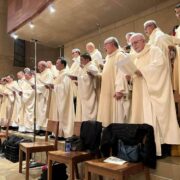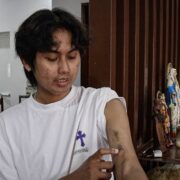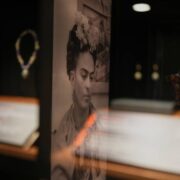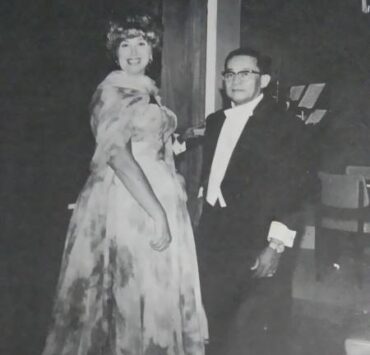Exhibit spotlights Jose Rizal the artist
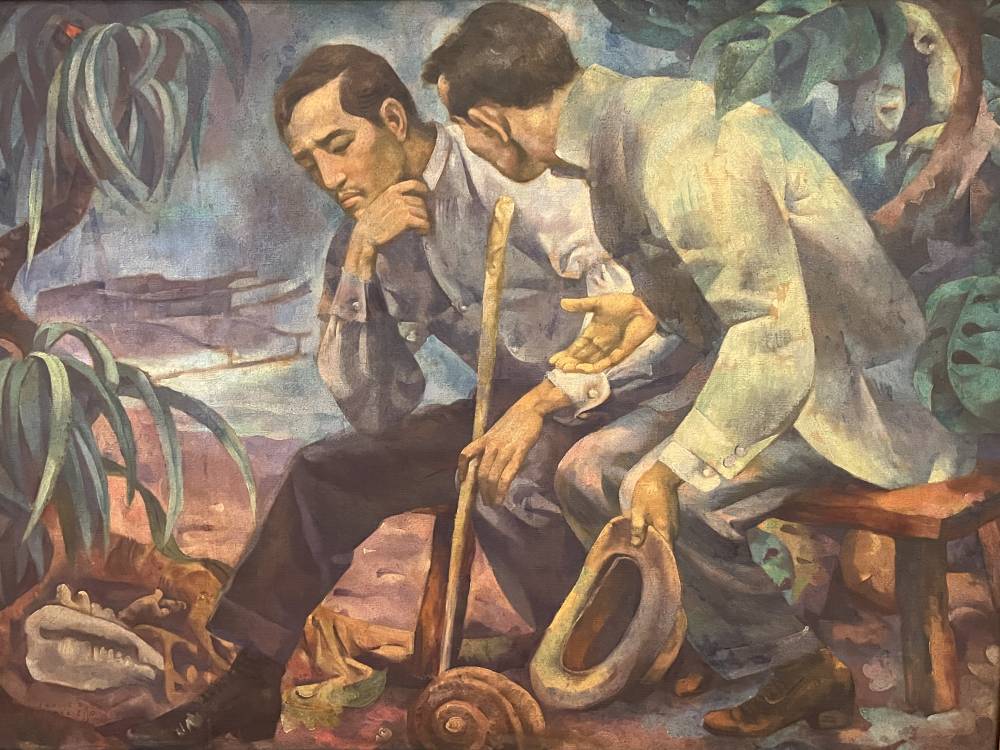
In line with the 128th anniversary of the martyrdom of Jose Rizal (1861-1896) on Dec. 30, the National Historical Commission of the Philippines (NHCP) has opened a special exhibition featuring the works of the national hero.
Ongoing until the end of February, the exhibit is on view at the first and second floor lobbies of the NHCP building on T.M. Kalaw Street in Ermita, Manila.
The first level features reproductions of images of the entries to the Rizal Monument competition held from 1905 to 1907 by the American colonial government, where Italy’s Carlos Nicoli’s “Al Martir de Bagumbayan” won, though his design was not executed.
At the second floor are treasures of art created by Rizal himself as well as Rizal-related works of art done by Filipino masters and known painters.
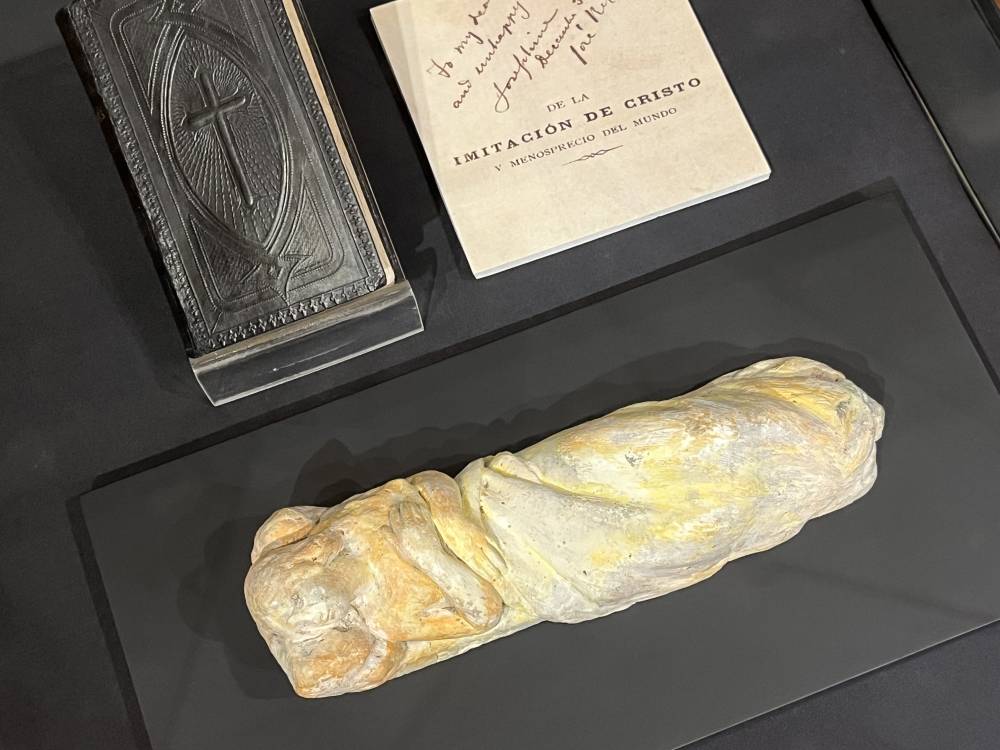
Striking among Rizal’s works are the headless terracotta sculpture of San Antonio de Padua which he created while in exile in Dapitan, and the damaged terracotta bust of Father Guerrico, his mentor at the Ateneo Municipal de Manila.
Both undated works, which are part of the collection of the Rizal Shrine in Fort Santiago, were damaged during World War II.
Historian Eufemio Agbayani III of NHCP said that “according to an October 1957 inventory that I saw, the Father Guerrico bust was deposited by the Ateneo de Manila University, while the San Antonio de Padua sculpture was deposited by the Bureau of Public Libraries.
“I think it is safe to assume that the damaged statues were with their respective depositors during the War,” he said.
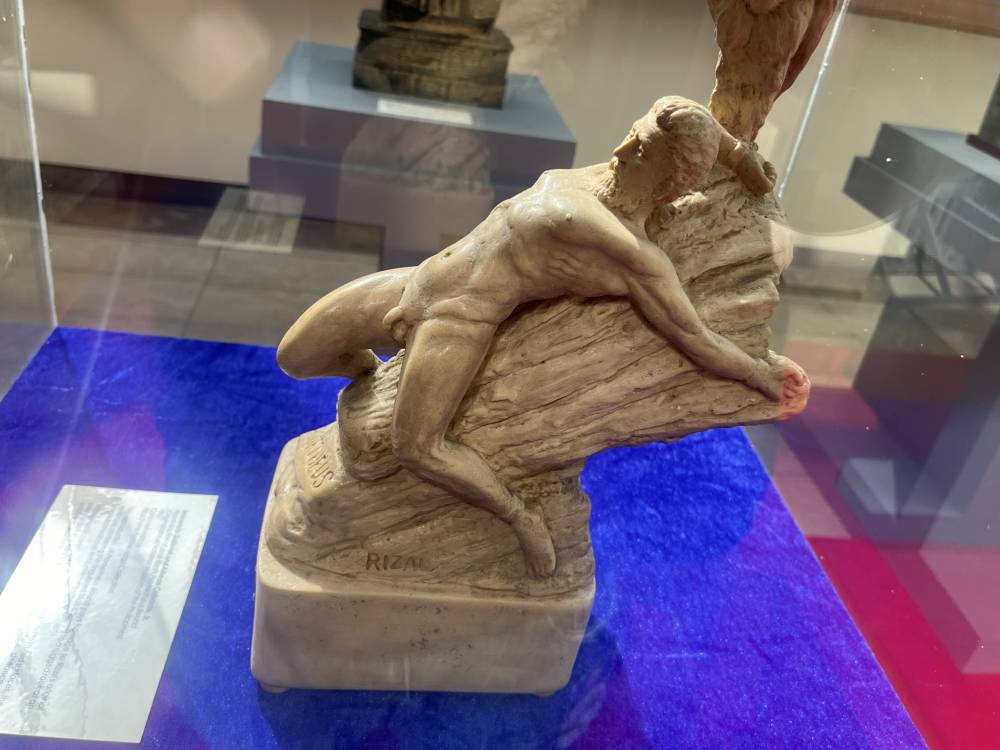
Sculptures
Rizal’s other works in the exhibit include the “Head of a Dapitan Girl” which he executed in 1892, “The Triumph of Death Over Life” done in 1890, and the undated satirical figure of a friar, “Orate Fratres.”
The first two are made from terracotta and are now part of the collection of the Rizal Shrine in Fort Santiago, while the last one, made of plaster of Paris, is now part of the Marcelo H. del Pilar Shrine Collection in Bulakan.
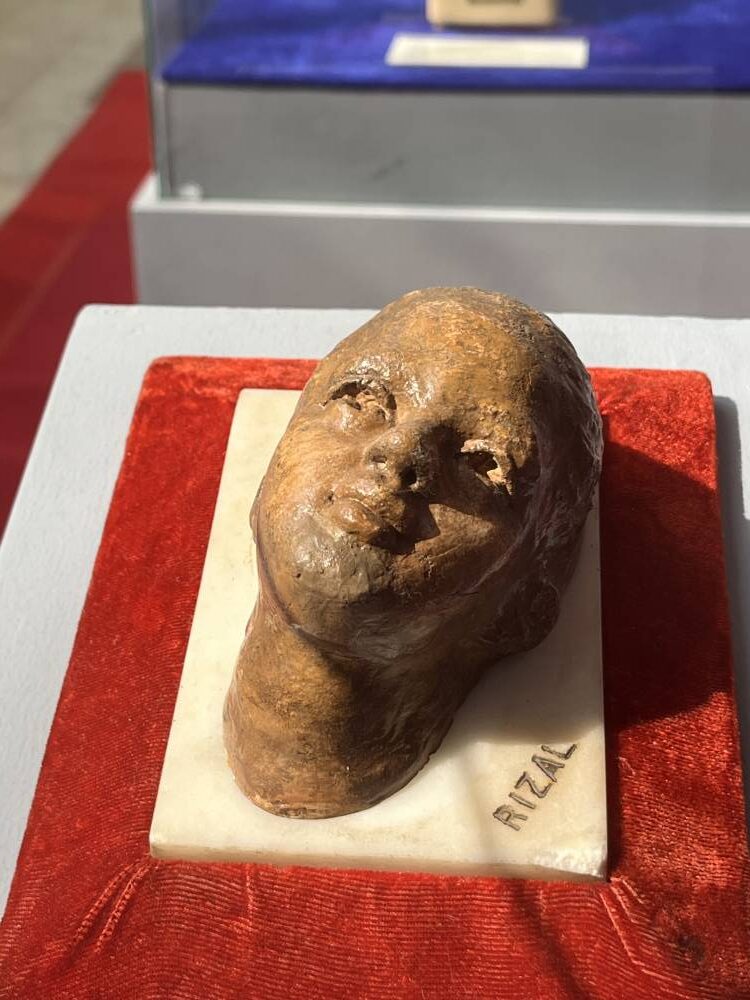
Also on display is Rizal’s 1885 sketch of Miguel Morayta, which now belongs to the collection of the Rizal Shrine in Fort Santiago.
Apart from these original works, reproductions of Rizal’s works are likewise on display.
These include Guillermo Tolentino’s reproductions of Rizal’s “Oyang Dapitana” and “The Mother’s Revenge” which are both undated; copies of his “Prometheus Bound” (undated) and “Wild Boar,” both executed by Inocencio Gallemit and Alfredo Cabardo Jr. in 1967; and a reproduction of his “Sacred Heart of Jesus” (undated) by Barth Mariquit.
The originals of the first two are now part of the National Museum of the Philippines collection, the next two are with the Rizal Shrine in Fort Santiago, while the last one is in a private collection.
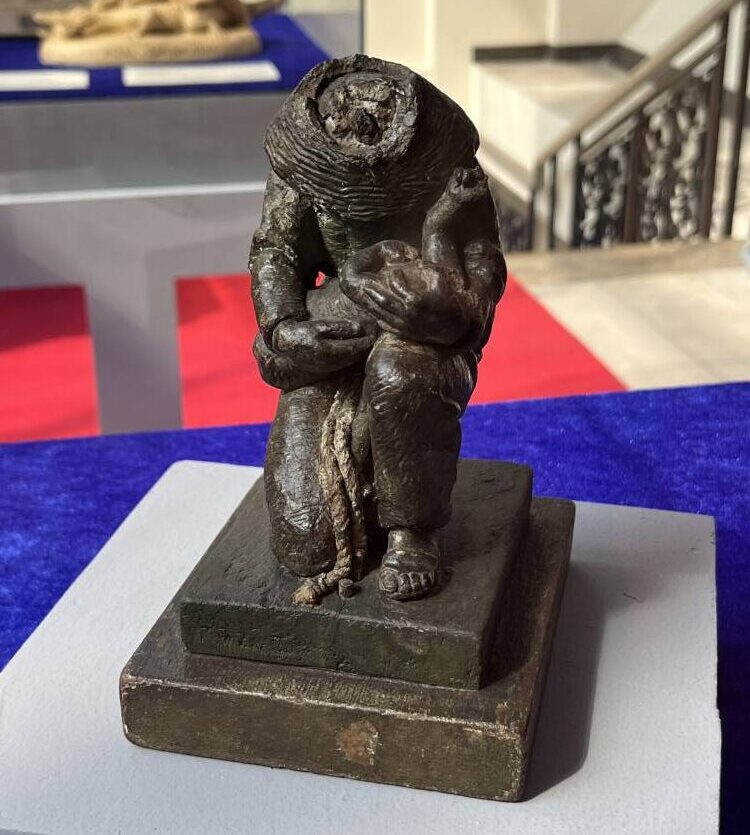
Paintings
Also being exhibited are busts of Rizal by Tolentino and Anastacio Caedo as well as the statue of Rizal by Cornelio Zamora.
Works of art by prominent artists done in 1960 in preparation for the centenary of Rizal’s birth in 1961 are also part of the two-month show.
These include Carlos’ “Botong” Francisco’s painting “The Exile in Dapitan,” part of the NHCP collection; Diosdado Lorenzo’s oil on canvas “Jose Rizal as a Medical Student in Spain,” now part of the Rizal Shrine Calamba collection; and Ireneo Miranda’s oil on canvas “Jose Rizal as an Ateneo Student,” also from the Rizal Shrine Calamba collection.
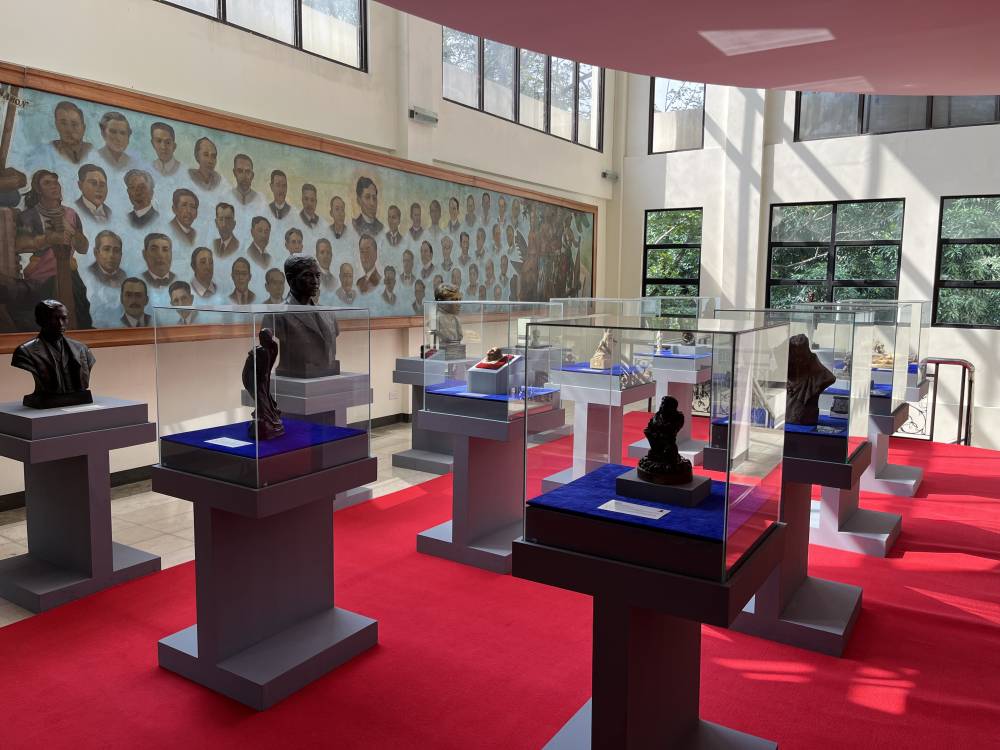
Also on exhibit is Dominador Castañeda’s “Jose Rizal Marching to His Execution.”
Rizal’s clay sculpture “Josephine Sleeping,” done in Dapitan (1895-1896) and honoring his common-law wife, Josephine Bracken, was unveiled on the same day at the National Museum of Fine Arts. The National Museum (NMP) exercised its right of first refusal and bought the piece from Leon Gallery for more than P30 million when it was put up for auction last November.
In a statement, the NMP said “this newest addition to our Rizaliana highlights our desire to dedicate the Central Complex in Manila to the legacy of Dr. Jose Rizal whose life and works cover the fields of arts, anthropology, and natural sciences—areas that the NMP has been tirelessly working on since its inception.”




